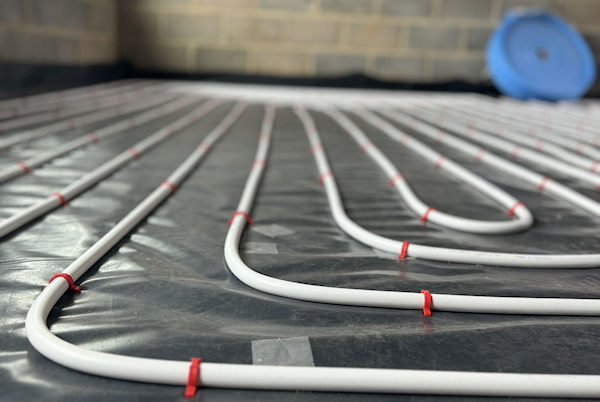
What are you doing now to prepare for the 2050 net-zero carbon target?
Net Carbon Goals
How can we prepare new installations for meeting the net-zero carbon targets set by the government?
The first step will be moving towards the Part L requirement for 55°C water temperature for heating systems. Part L requirements mean we must consider how we size our emitters as many would not work on future renewables.
Systems need to change to match the heat loss.
One challenge our industry faces is education. People have designed systems one way for years, but now we must reduce the core temperatures but get the same output. Do people know what they are doing with these changes? The government also wants to minimise system oversizing, making thresholds of error smaller. The number of end-users who tell me that their “Heat Pump does not work” is incredible. Often, I find that they swapped out a standard boiler for a heat pump but didn’t change anything else. So it’s essential to change the whole system, even the emitters, to match the heat loss.
Get familiar with BEAMA.
It is also worth remembering that UFH systems with a thermal mass (screed installed) are already working on temperatures lower than 45°C and can even reduce lower than this. Why not put your trust (and design responsibility) into your supplier or manufacturer of the emitters to ensure they meet the properties heat losses. Use this link below to meet some of the premier UFH system suppliers who can help you design your future-proof system. It is worth remembering that BEAMA is the only UFH body bettering the industry.
Get ahead – start to make the change now.
We need to ensure that we are sizing the emitters for this future change from today! Why wouldn’t we? Even now, it’s possible to use these low temperatures as modern modulating boilers can be reduced in temperature to increase efficiencies. So why not look at moving that temperature away from 80°C?
Don’t forget that the highest operational CO² emissions come from inside the home (heating etc.). Therefore, our industry will face the most demanding challenges and hardest targets to meet the net carbon goal, so we may as well start now!











